Bridging the divide : Working-class culture in a middle-class society / by Jack Metzgar. [electronic resource]
By: Metzgar, J. (Jack) [author.].
Material type: TextPublisher: Ithaca [New York] : Cornell University Press, 2021Description: e-book contains 224 pages. Media type: ISBN: 9781501760334.Subject(s): Working class -- Social aspects -- United States | Class consciousness -- United States | Working class -- United States -- Social conditions | Middle class -- Social aspects -- United States | Occupations | ProfessionsDDC classification: 305.5620973 Online resources: https://academic.oup.com/book/42248 Click here
TextPublisher: Ithaca [New York] : Cornell University Press, 2021Description: e-book contains 224 pages. Media type: ISBN: 9781501760334.Subject(s): Working class -- Social aspects -- United States | Class consciousness -- United States | Working class -- United States -- Social conditions | Middle class -- Social aspects -- United States | Occupations | ProfessionsDDC classification: 305.5620973 Online resources: https://academic.oup.com/book/42248 Click here | Item type | Current location | Collection | Call number | Status | Date due | Barcode |
|---|---|---|---|---|---|---|
 E-Book
E-Book
|
WWW | Non-fiction | 305.5620973 MET/B (Browse shelf) | Available | EB759 |
Includes bibliographical references and index.
Introduction: achieving mediocrity -- What was glorious about the glorious 30? -- The rise of professional middle-class labor -- Working-class agency in place -- "At least we ought to be able to" -- There is a genuine working-class culture -- Categorical differences in class cultures -- Ceding control to gain control -- Taking it and living in the moments -- Working-class realism -- Epilogue: two good class cultures.
Abstract
This book attempts to determine the differences between working-class and middle-class cultures in the United States. The book's author writes as a now middle-class professional with a working-class upbringing, explaining the various ways the two cultures conflict and complement each other, illustrated by his own lived experiences. Set in a historical framework that reflects on how both class cultures developed, adapted, and survived through decades of historical circumstances, the book challenges professional middle-class views of both the working-class and themselves. In the end, the author argues for the creation of a cross-class coalition of what he calls “standard-issue professionals” with both hard-living and settled-living working people and outlines some policies that could help promote such a unification if the two groups had a better understanding of their differences and how to use those differences to their advantage. The book mixes personal stories and theoretical concepts to give us a compelling look inside the current complex position of the working-class in American culture and a view of what it could be in the future. Provided by publisher.
Description based on print version record.

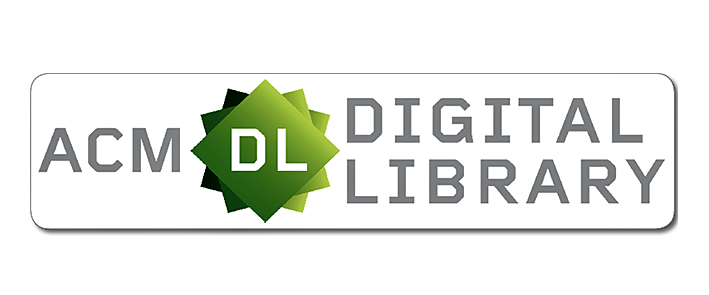
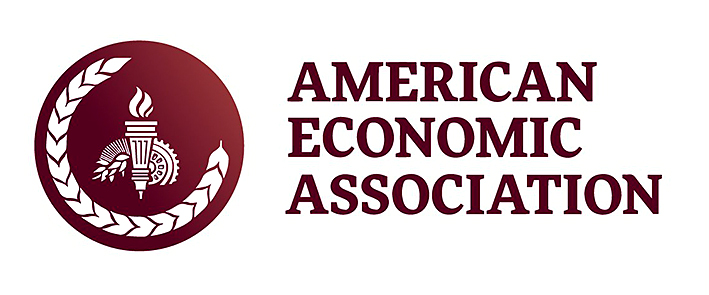

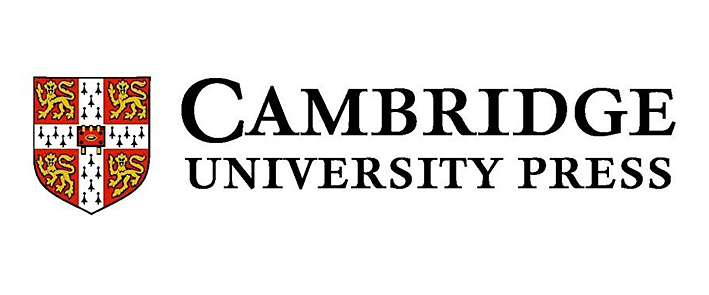
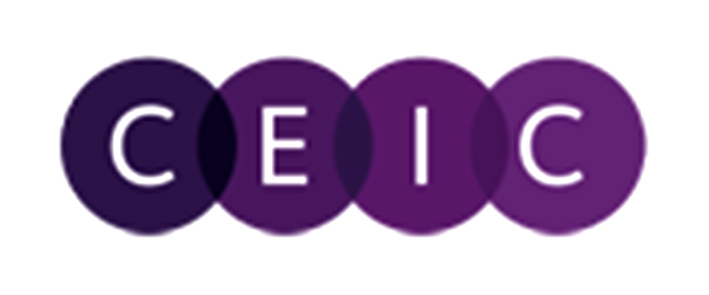

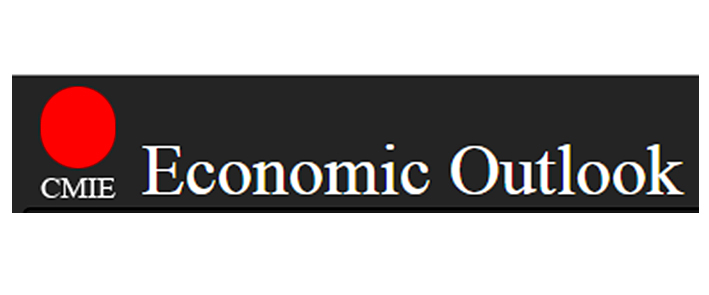
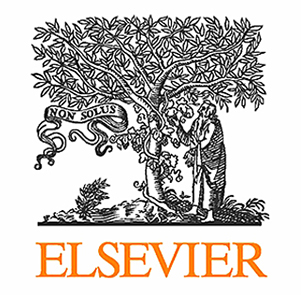
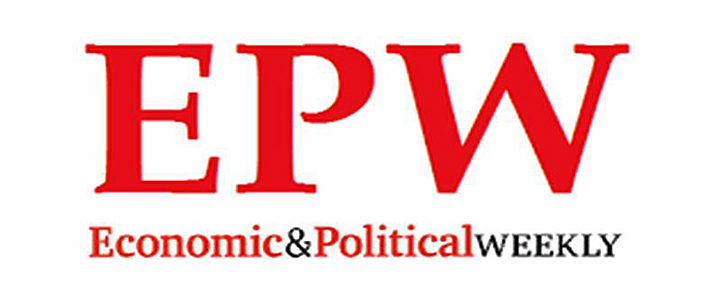

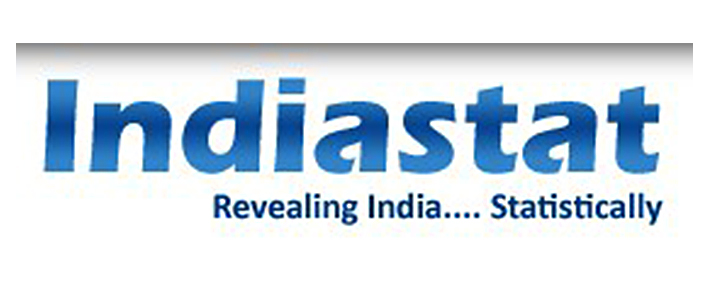
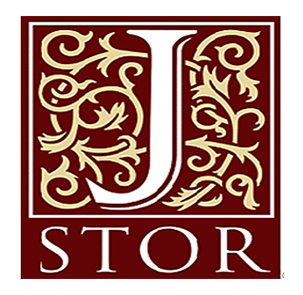
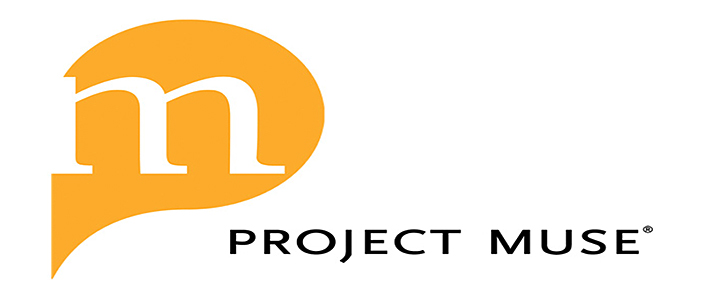
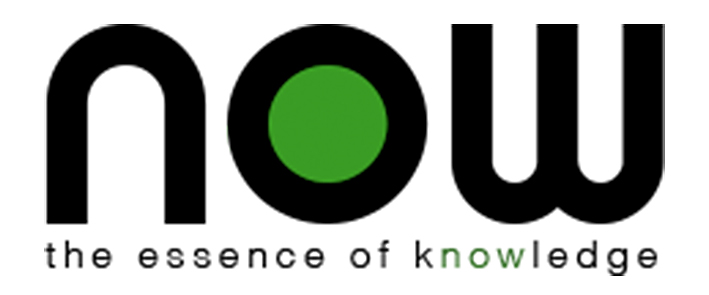
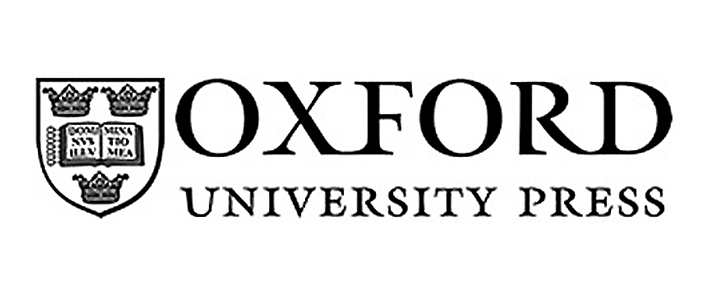

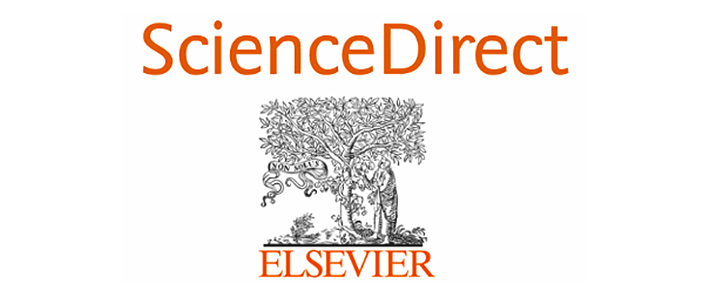


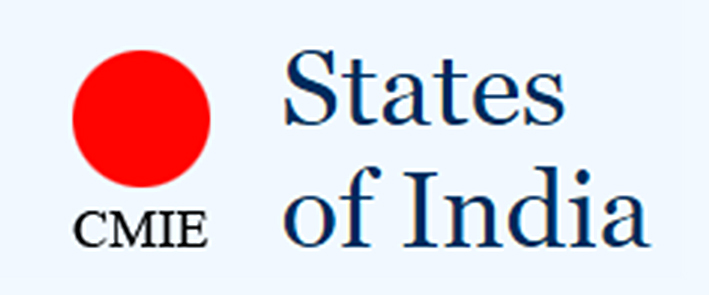
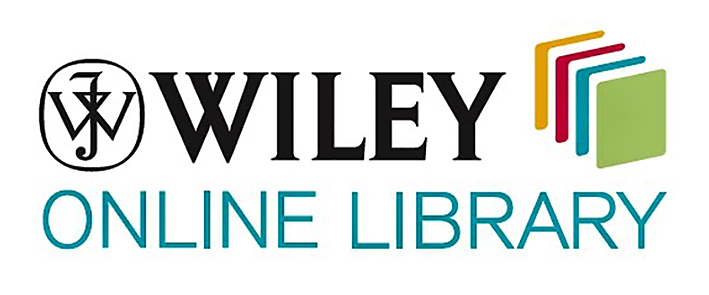


There are no comments for this item.